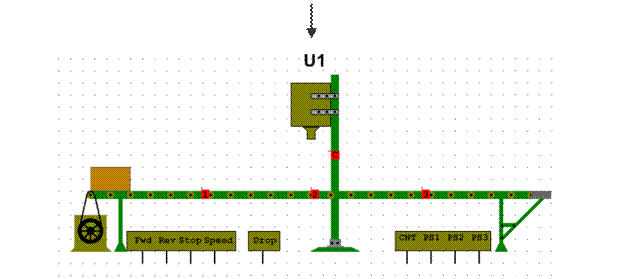KINDS OF TRANSLATION
The sense of a language unit (the content of a whole matter) can be conveyed in the TL either in writing or in viva voce (orally). Depending on the form of conveying the sense/content, the following kinds of translating/ interpreting (oral translating) are to be distinguished:
1. The written translation/-ing from a written matter/source – is a faithful conveying of a matter translating in writing from one language into another. It represents a literary or any other faithful sense-to-sense translation from or into a foreign language. It may also be a free interpreting performed in writing. The matter under translation may be different, ex. a belles-lettres passage (prose or poetry work), a scientific or technical, newspaper passage, article or even separate words (in a list) etc. 2. The oral translation/-ing from an oral matter/source – is a faithful conveying of a speech or recording (жива мова або запис). It can proceed/ be performed in 2 ways: · in succession - after the whole matter or a part of it was heard. Then it is consecutive translation (послідовний). There is a possibility to interrupt or stop the speaker or recording in order to clarify some obscure places. As a result, consecutive interpreting can take more or a little less time then the SL speech or recording lasts. · simultaneously (with its sounding) – the process of translation takes quite the same amount of time as the SL matter lasts and the interpreter faithfully conveys the meaning/content (синхронний). It is usually performed with some special equipment, technical devices (microphone, headphones) 3. The oral translation/-ing from a written matter/source – is interpreting at sight. It can also proceed either simultaneously with the process of getting acquainted with the content of the written matter, or in succession (after each part of the matter is first read through and comprehended (обміркований, осягнутий). The former way of interpreting, if carried out faithfully and exactly on time with the consecutive conveying of the matter, may be considered simultaneous too. Usually it is a regular prepared beforehand kind of interpreting. 4. The written translation/-ing from an orally presented matter/source is a rare occurrence, because a natural speech flow is too fast for putting it down in the TL (except for a shorthand presentation, which would be then a regular translation i.e. (that is to say) interpretation from a written matter). Translating from an oral speech/recording is now and than resorted to for training practices. When the matter to be rendered is produced at a slower speed than the written translation, this matter/speech can naturally be performed and put down in the TL.
|




